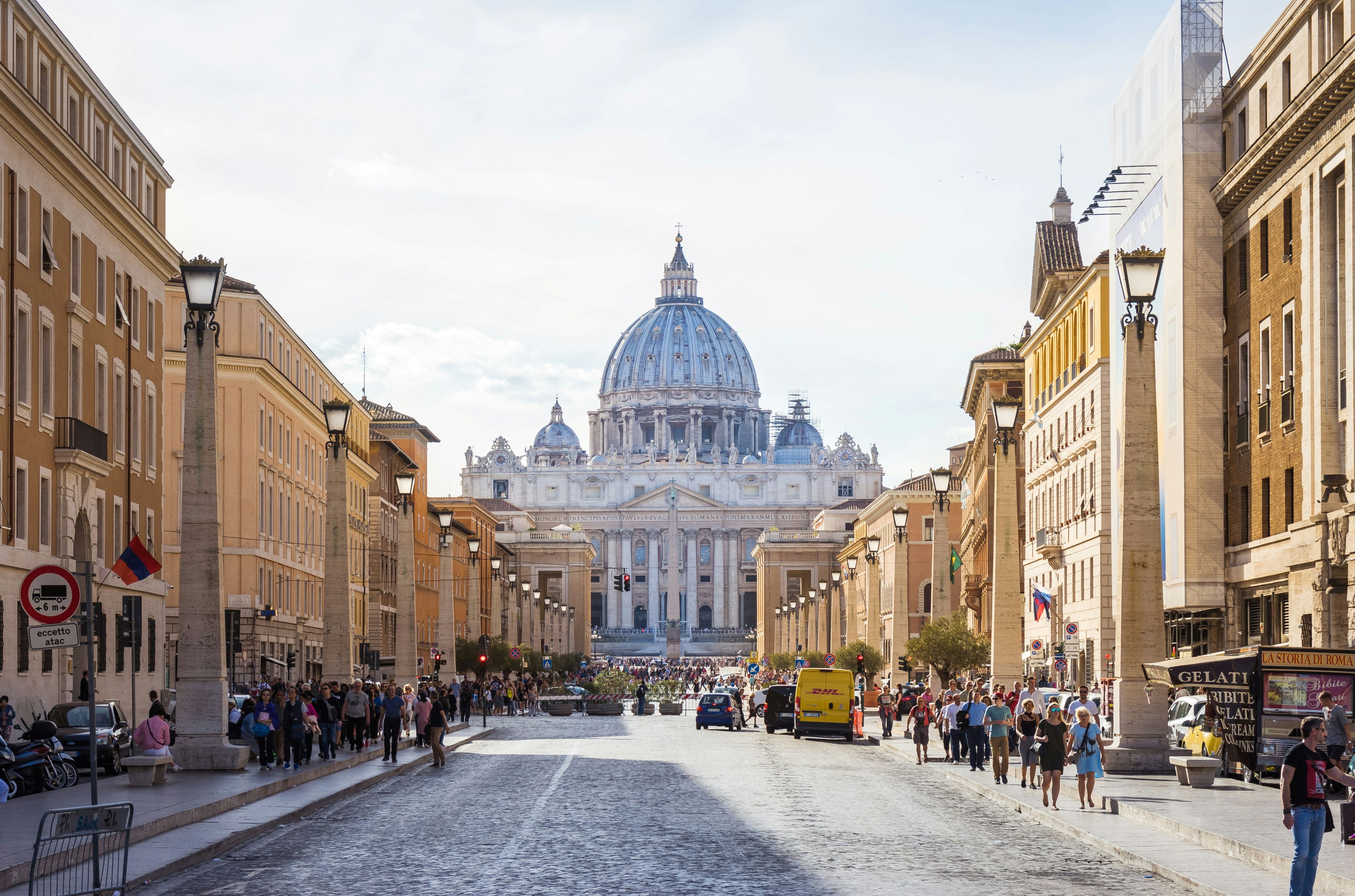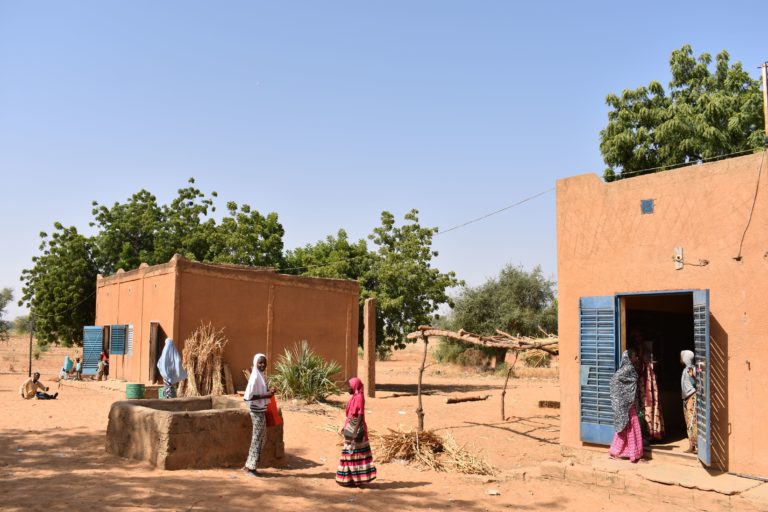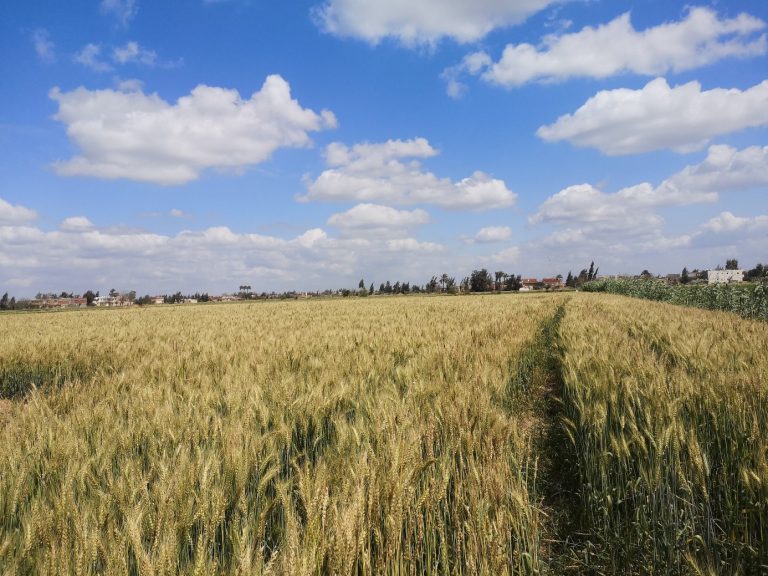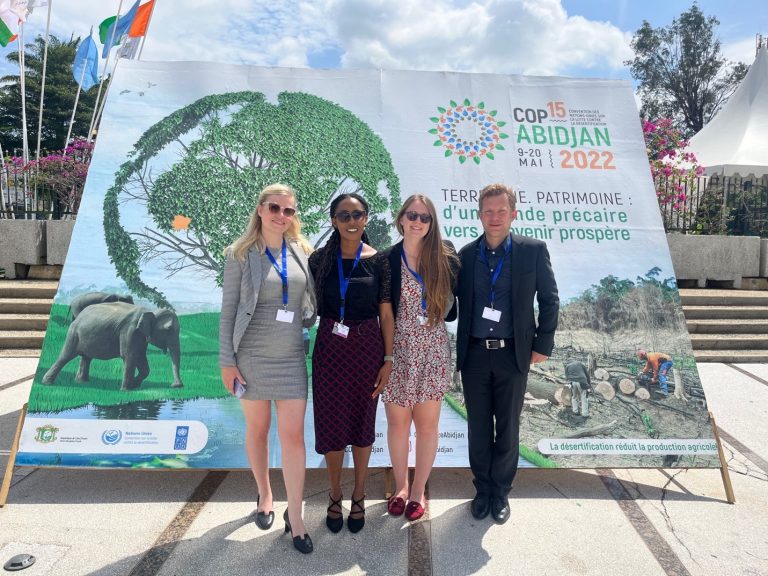Job Shadowing in Sunny Italy: Spending One Week at the La Sapienza University in Rome
Blog post by ZEF-colleague Andreas Gohlke, who works with ZEF’s Cultural and Political Change research group (ZEF-CPC). From March 24 to 28, 2025, he spent a week shadowing the National PhD in Peace Studies doctoral program at La Sapienza University in Rome. This “job shadowing” opportunity at a European partner university was made possible by the Erasmus+ Training Staff Mobility Program at Bonn University. Participants can choose which university to visit.
Why La Sapienza University in Rome?
At ZEF, I coordinate the CPC course modules in the BIGS-DR (Bonn International Graduate School for Development Research) doctoral program. After learning about the Erasmus+ Training Program, I applied to several doctoral programs at Italian universities. My goal was to visit a program with similar interdisciplinary topics to those of the ZEF CPC program and learn more about its organization and management. I chose an Italian university to improve my Italian language skills.
So, when Professor Alessandro Saggioro, the coordinator of the National Ph.D. in Peace Studies program at the University La Sapienza in Rome, was one of the first to respond to my application and invite me to spend the week at his program, I immediately accepted. By the time my Erasmus+ Training Staff Mobility Program application was accepted, I already knew where I was going. During the program’s introductory course at the University of Bonn, I learned that having a fixed destination is not a prerequisite for participating. Nevertheless, I was glad that I had already done so.
Inside and insights
Founded in 1303, La Sapienza is the oldest university in Rome and largest in Europe, with around 130,000 students enrolled. Its main campus, called “Città Universitaria,” is located just a few minutes from Termini Station, the city’s main train station. The campus is quite large, and it’s easy to get lost. Although there are maps at the entrance, I had to ask for directions. Luckily, some friendly sellers of a student Leninist newspaper showed me the way to the Faculty of Arts and Philosophy, where SARAS is located.
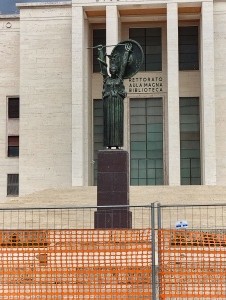
“Most of the buildings on the campus were built in the 1920s and 1930s and are examples of Italian Fascist architecture, a fact that seems to bother no one. In front of the university’s Rectorate, close to the Faculty of Arts and Philosophy [see photo of building below], stands a large statue of Minerva [see photo above], the Roman goddess of wisdom. I was told that students should avoid looking directly into the statue’s eyes — doing so will cause them to fail their exams”.
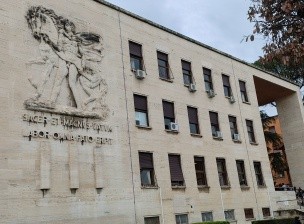
The coordination office of the program “National PhD in Peace Studies” is located at the department Dipartimento di Storia, Antropologia, Religione, Arte, Spettacolo (Department of History, Anthropology, Religion, Art, and Performing Arts, SARAS).
Professor Alessandro Saggioro is the director of the department, which has approximately 7,500 students. During my stay, I met with Professor Saggioro several times. He provided me with an extensive overview of the doctoral program. I also met with three of his assistants and a doctoral student. One day, the university’s Postgraduate Education Office, or “Ufficio Formazione Post-Lauream“, hosted me. This office handles administrative and course-related issues for all doctoral students at La Sapienza.
Furthermore, I attended some lectures in the “Dialoghi sull’Europa” (Dialogs on Europe) series during my time in Rome. The Department of Political Sciences organized the series, which began in 2017 to commemorate the sixtieth anniversary of the signing of the Rome Treaties that formed the basis of the European Union. The Dialogues on Europe include lectures, book presentations, and panel discussions.
I was impressed by how hospitable all of my hosts were. Despite their busy schedules, they took the time to answer my questions and show me around. The interaction was reciprocal, as they were interested in my work at ZEF and our BIGS-DR doctoral program. We had long discussions about the similarities and differences between doctoral programs in Italy and Germany. I hope to reciprocate by hosting La Sapienza colleagues at ZEF in the future.
Comparing doctoral programs in Germany and Italy
One significant difference between doctoral programs in the two countries is that doctoral students in Italy must complete their Ph.D.s within three years. An extension of up to six months may be granted in exceptional cases, such as illness or difficulties with field research. If you do not finish your thesis within this timeframe, you will not be permitted to continue.
According to the schedules I saw, doctoral programs in Italy are much more structured than those in Germany. They include mandatory and elective courses throughout the three-year program. The goal is to prepare students to become university researchers and teachers.
The National Ph.D. Program in Peace Studies offers a variety of activities throughout the program. These activities may include participating in winter and summer schools, attending lectures (mostly online), taking English academic writing courses, and attending a Ph.D. Student Conference. Third-year activities include research training, organizing seminars and workshops, and preparing papers.
According to Italian law, the National Ph.D. Program in Peace Studies is a “Ph.D. program of national interest,” which applies to national Ph.D. programs that fulfill certain requirements, such as involving a certain number of Italian universities, offering scholarships, and employing lecturers. These programs are supported by the Ministry of Universities and Research. According to Article 11 of Law DM 226/2021, these programs receive support if they demonstrably contribute to scientific progress within the priorities established by the National Resilience and Recovery Plan (PNRR). The PNRR distributes EU funds allocated after the Covid-19 pandemic.
The National Ph.D. in Peace Studies was founded by RUniPACE (Rete Universitaria per la Pace), the Universities Network for Peace. The program comprises 26 Italian universities and fills a void in Italian research. It offers 40 scholarships per year and employs approximately 120 lecturers. The Rome-based coordination office organizes the scholarships and coordinates the schedules of the different curricula offered by the participating universities.
The universities nominate applicants and fund the scholarships. A committee of university representatives (with members rotating annually) selects candidates. In the selection process, applicants’ academic qualifications and region/country of origin play a significant role.
Applicants can choose from the following ten curricula: Curriculum 1 – Technology, Sustainability and Peace; Curriculum 2 – Identities, Memories, Religions, and Peace; Curriculum 3 – Human Rights, Rights of Peoples, and Peacebuilding; Curriculum 4 – Peace Education and Migration; Curriculum 5 – Architectures and Landscapes of Peace; Curriculum 6 – Space, Territory, Resources, and Narratives for Peaceful Pathways; Curriculum 7 – Peace Economics; Curriculum 8 – Imagination of Peace in Literature, Arts and Philosophy: Socio-anthropological Dynamics, Juridical Aspects and Conflict Criticism; Curriculum 9 – Reparative Justice, Justice in Transition and non-violent Transformation of Conflict; Curriculum 10 – Dynamics, Processes and Actors in International Relations.
A few words on the concept of peace
All curricula promote a positive understanding of peace. This means that peace can be achieved through peaceful means at various political and social levels. Examples include establishing an international order that rejects war as a means of resolving conflicts between nations and achieving peace within a nation based on solidarity and social justice.
Positive peace depends on the will and actions of individuals and groups, which necessitates recognizing the inherent dignity and equal, inalienable rights of all human beings, as outlined in the Universal Declaration of Human Rights. This is a powerful and positive message, especially at a time when many European politicians are discussing how states and societies must prepare for war.
“Colour local” and tips for logistics, housing and venue
The Erasmus+ program provides additional funding to promote “green travel,” so I traveled by train. Although it takes more time than flying, once you factor in the time it takes to get to the airport and check in, the difference isn’t significant. I recommend traveling by train because you get to see much more than just two airports and some clouds during the journey. The program even offers a discounted Interrail Pass. Overall, I paid less for a first-class pass than I would have for a regular second-class ticket.
While in Rome, I rented an apartment in the Centocelle neighborhood. It was a bit outside the city center, but the rent was cheaper than apartments closer to La Sapienza University. It took me about forty minutes to get to the university by metro or tram. That’s not much time for a city as big as Rome. Traveling by public transportation in Rome is easy and much cheaper than in Bonn. A seven-day ticket costs €24 and can be used on all buses, trams, and the metro.
One nice thing about Centocelle is that it’s not as overrun with tourists as Trastevere, for example. There are many small shops and businesses, as well as good, inexpensive restaurants, pubs, and coffee shops. Two hundred meters from my apartment was a market hall where all kinds of fresh groceries were sold.
You can find street art in many places in Centocelle. For instance, airbrushed paintings on shop roller shutters depict the type of business inside [see photos below]..
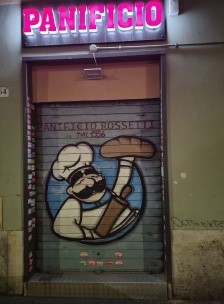
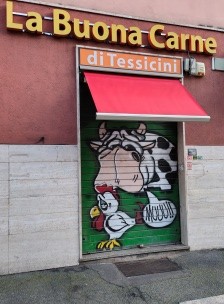
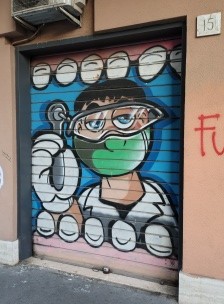


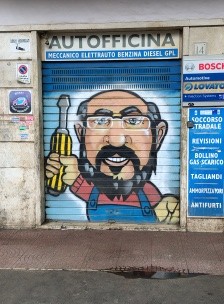
In 2025, the Erasmus+ Training Staff Mobility Program will pay a daily allowance ranging from €140 to €180, depending on the country you travel to. For my time at La Sapienza in Italy, I received a daily allowance of €160 for each day I was there, as well as for each travel day. Furthermore, you receive a travel expense allowance based on whether you travel “green” and the distance between your hometown and destination. For traveling green to Rome, I received 417 euros.
Wrapping up
“I found my visit to the Ph.D. program in Peace Studies to be very enriching. As I had hoped, I gained unique insights into the program’s organization in Rome and improved my Italian. I also met many interesting, open-minded people. For example, one of Professor Saggioro’s assistants is a retired military officer who wrote his Ph.D. dissertation on shamanism in Siberia after leaving the military. I highly recommend taking advantage of the Erasmus+ Staff Mobility Program to experience a different European university culture!”
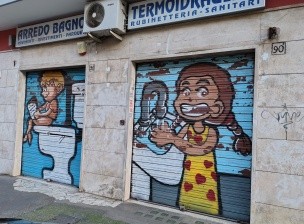
Blog text and photos by Andreas Gohlke
Feature photo of La Sapienza University: claudio-hirschberger-HI5c2A-LOqs-unsplash.jpg
